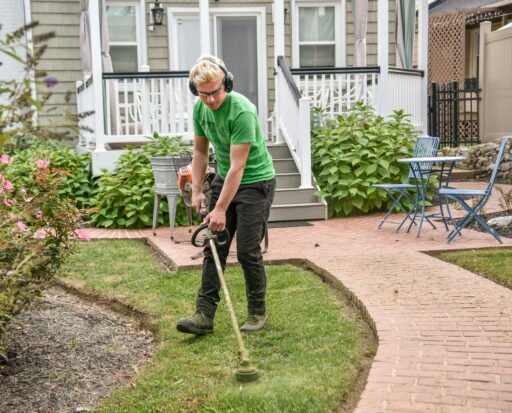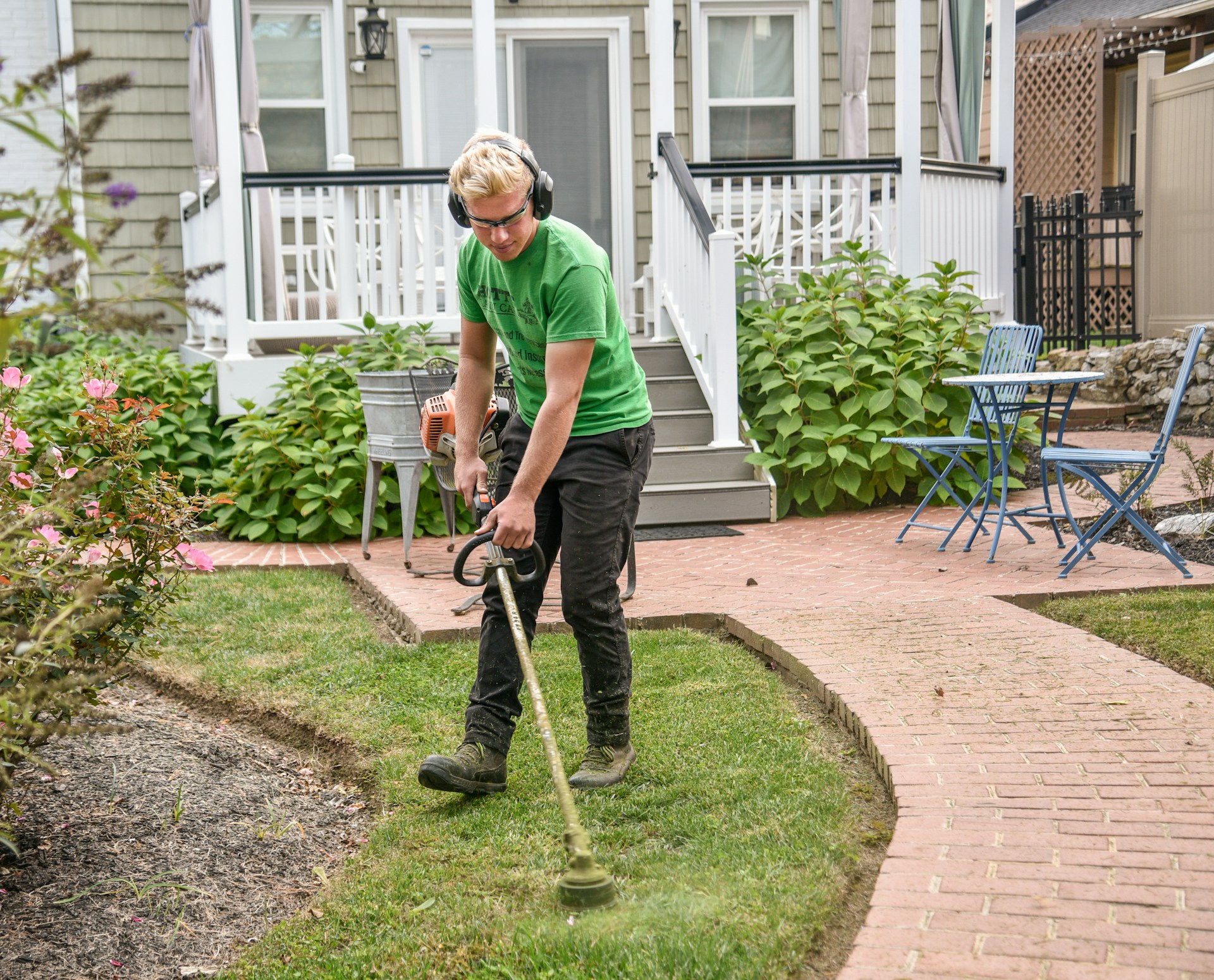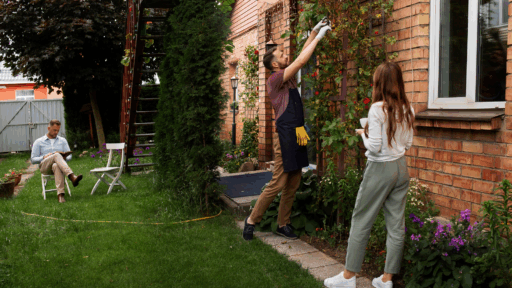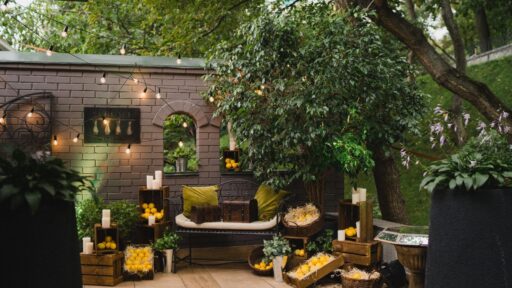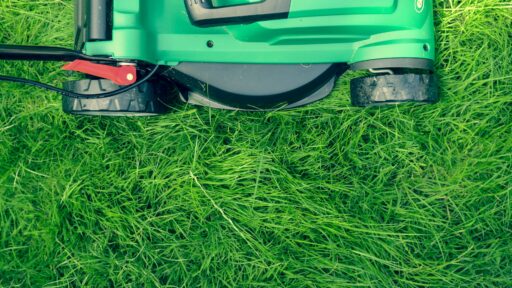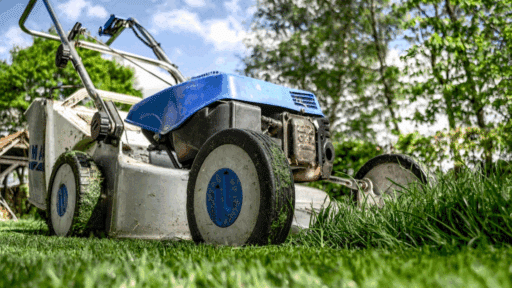Low-maintenance landscaping is all about creating a beautiful, functional outdoor space that doesn’t demand constant upkeep. By using native plants, incorporating hardscaping elements like patios and stone pathways, and designing efficient irrigation systems, you can enjoy a lush yard with minimal effort. These strategies not only save time but also reduce costs and environmental impact. With thoughtful planning, your outdoor space can become a relaxing retreat that’s easy to maintain year-round.
Table of Contents
- Benefits of Low-Maintenance Landscaping
- Choosing the Right Plants for Your Yard
- Incorporating Hardscaping Elements
- Designing an Efficient Irrigation System
Imagine this: It’s a crisp Saturday morning in Canada, and instead of spending hours mowing the lawn or pulling stubborn weeds, you’re sipping coffee on your patio, surrounded by serene greenery that practically takes care of itself. Sounds dreamy, right?
For many Canadian homeowners, balancing busy schedules with the desire for a beautiful outdoor space can feel overwhelming. Traditional gardens often require relentless maintenance – watering, pruning, fertilizing, and more. But what if there was a way to have it all? A yard that’s both visually stunning and refreshingly low-effort? Exploring our landscaping projects can spark inspiration and show you how simple changes can make a big difference in reducing upkeep while enhancing curb appeal.
In this guide, we’ll walk you through everything you need to know to create a low-maintenance landscape that suits your lifestyle, saves you time, and keeps your outdoor space looking its best – all while staying eco-friendly. Let’s get started!
Benefits of Low-Maintenance Landscaping
Low-maintenance landscaping isn’t just a trend – it’s a practical solution for homeowners who want to enjoy their outdoor spaces without the constant upkeep. Beyond the obvious time savings, this approach offers several compelling advantages that make it an ideal choice for Canadian households.
Saves Time and Energy
Let’s face it – life is busy. Between work, family, and other commitments, finding hours to dedicate to yard work can feel impossible. Low-maintenance landscaping eliminates the need for frequent mowing, pruning, and weeding. By choosing plants that thrive with minimal intervention and incorporating durable materials like stone or gravel, you’ll spend less time maintaining your yard and more time enjoying it.
Cost-Effective in the Long Run
While some low-maintenance features may require an initial investment, they often save money over time. For instance, replacing grass with ground cover or artificial turf reduces water bills, while native plants cut down on fertilizers and pest control costs. Additionally, you’ll likely need fewer professional landscaping services, which can add up significantly over the years.
Environmentally Friendly Choices
Sustainability is at the heart of low-maintenance landscaping. Native plants, for example, are adapted to local climates and require less water, making them a greener option. Efficient irrigation systems, such as drip lines, minimize water waste, while mulching helps retain soil moisture and reduce erosion. By reducing chemical use and conserving resources, you’re not only helping the planet but also creating a healthier environment for your family.
Choosing the Right Plants for Your Yard
The secret to a low-maintenance yard starts with selecting the right plants. After all, the less your plants demand from you, the more time you’ll have to relax and enjoy your outdoor space. Here’s how to make smart plant choices that align with your lifestyle and local environment.
Opt for Native Species
Native plants are the unsung heroes of low-maintenance landscaping. These plants are naturally adapted to Canada’s climate, soil, and precipitation patterns, meaning they require less water, fertilizer, and pest control. For instance, species like black-eyed Susans, serviceberry shrubs, and eastern white cedars not only thrive with minimal care but also support local wildlife such as bees and birds. Plus, their natural beauty blends seamlessly into the surrounding landscape.
Ground Covers Instead of Grass
Traditional grass lawns can be high-maintenance, requiring frequent mowing, watering, and fertilizing. Replacing sections of your lawn with ground covers is a game-changer. Plants like creeping thyme, clover, or sweet woodruff spread easily, suppress weeds, and handle foot traffic well. They also add texture and color to your yard, creating visual interest without the constant upkeep.
Perennials Over Annuals
Annual flowers may provide bursts of seasonal color, but they need to be replanted every year – a task that can quickly become tedious. Perennials, on the other hand, return year after year, offering reliable beauty with far less effort. Varieties like hostas, coneflowers, and daylilies are excellent choices for Canadian gardens, providing vibrant blooms and lush foliage with minimal intervention.
Incorporating Hardscaping Elements
While plants are the heart of any landscape, hardscaping elements are the backbone that ties everything together. These non-living features not only reduce maintenance but also add structure, functionality, and visual appeal to your outdoor space. Here’s how you can use hardscaping to create a low-maintenance yard that’s both practical and beautiful.
Patios and Walkways
Patios and walkways are excellent ways to replace high-maintenance grassy areas with durable, long-lasting surfaces. Stone or concrete patios provide a perfect spot for outdoor seating or dining, while gravel or stepping stone pathways guide foot traffic without requiring constant upkeep. These materials resist weeds, don’t need mowing, and handle Canadian winters like champs. Plus, they give your yard a polished, intentional look.
Retaining Walls
If your property has slopes or uneven terrain, retaining walls can be a lifesaver – literally. Not only do they prevent soil erosion and manage water runoff, but they also create leveled areas for planting or seating. Built from materials like natural stone or interlocking bricks, retaining walls add dimension and character to your landscape while reducing the need for frequent repairs caused by shifting soil.
Decorative Features
Adding decorative elements like benches, fire pits, or water features can elevate your outdoor space without increasing maintenance demands. A cozy fire pit becomes the centerpiece for gatherings, while a small fountain introduces soothing sounds and attracts birds. Opt for weather-resistant materials like metal or treated wood to secure these features stand up to Canada’s varied climate.
Designing an Efficient Irrigation System
Watering your yard doesn’t have to feel like a chore – or a guessing game. A well-designed irrigation system can save time, conserve water, and keep your plants healthy with minimal effort. Here’s how to create a watering plan that works as hard as you do.
Drip Irrigation Systems
Drip irrigation is a low-maintenance game-changer. Unlike sprinklers, which can waste water through evaporation or runoff, drip systems deliver moisture directly to the roots of your plants. This method secures water goes exactly where it’s needed, reducing waste and keeping your plants hydrated without overwatering. Plus, many drip systems are automated, so you can set them and forget them – perfect for busy homeowners.
Rain Barrels
Why rely solely on municipal water when nature provides free resources? Installing rain barrels allows you to collect and store rainwater for later use. Place them under downspouts to capture runoff from your roof, then use the stored water to irrigate your garden during dry spells. It’s an eco-friendly solution that not only cuts down on utility bills but also helps manage stormwater runoff – a win-win for your wallet and the environment.
Mulching Techniques
Mulch might seem simple, but its benefits are anything but. A layer of organic mulch, such as wood chips or bark, helps retain soil moisture, suppress weeds, and regulate temperature. In Canada’s fluctuating climate, mulch protects plant roots from extreme heat in summer and freezing temperatures in winter. Best of all, it breaks down slowly over time, enriching the soil and reducing the need for frequent fertilization.
Final Thoughts: Creating Your Dream Outdoor Space
Make your yard be your personality, the place where you can have fun, relax, or feel the harmony of the nature. The only thing about low-maintenance landscaping is that this dream will not cost you unlimited working time. With a bit of wise design decisions, environmentally conscious habits, and practical features, you will make the outside environment just as casual as it is welcoming.
The point then? Enter in with intention. Be it the inclusion of native plants, installation of the hardscaping elements, or the creation of the optimal irrigation system, all the choices made should be in line with how you wish to live and with the peculiarities of your land. It is not crucial to change everything in the yard immediately; what is important is to remember a few things: a change such as switching grass with ground cover or making arrangements according to the water needs of the plants can make a huge difference in the long run.
The idea of creating low-maintenance landscaping is not rooted in the need to save time but rather in a desire to make the relationship between you and your outdoor area even stronger. Think of coming home to your garden on a tiring day; you can be greeted by a luscious green landscape, peaceful walkways, and considerate finishes that can belong to you. That is what intentional design can do.

